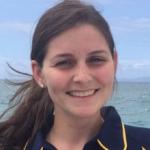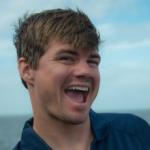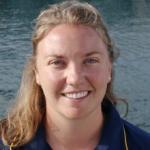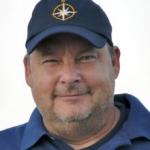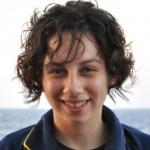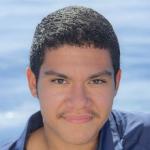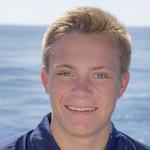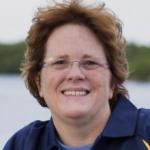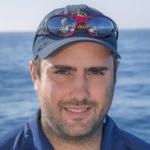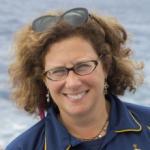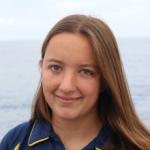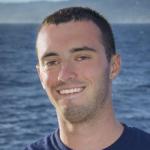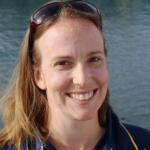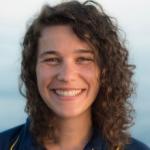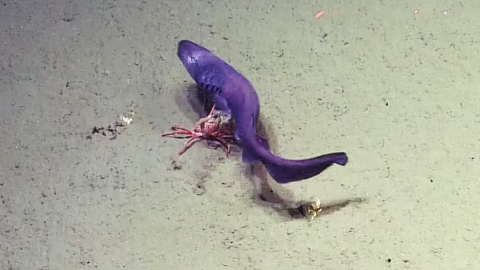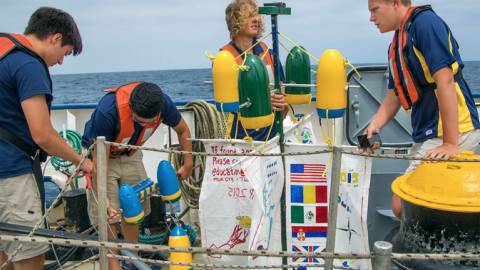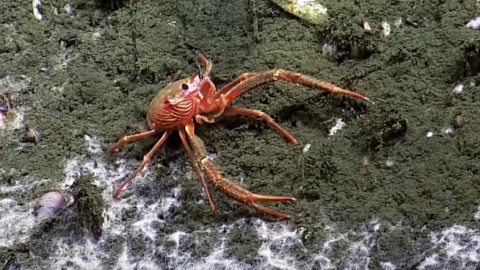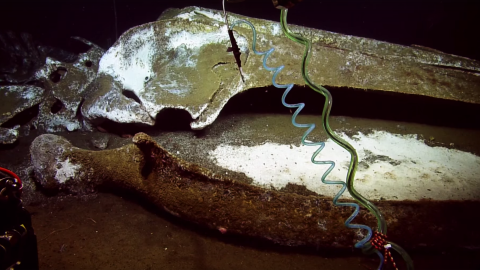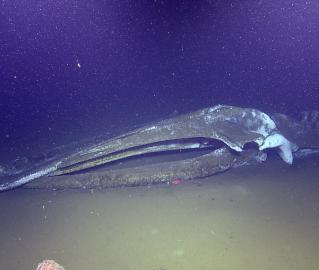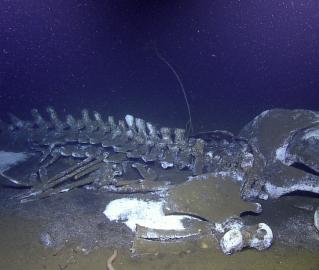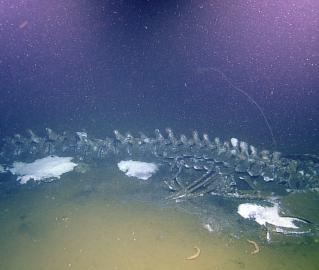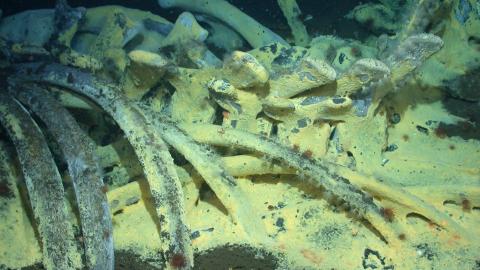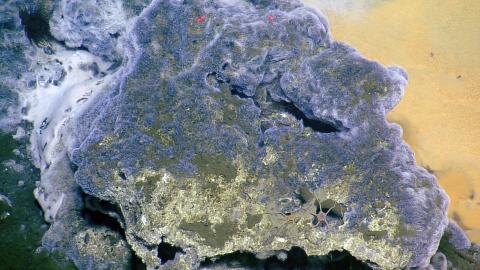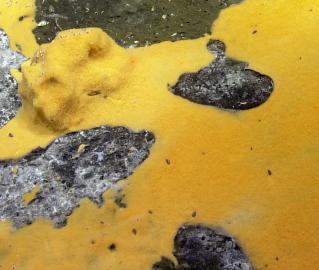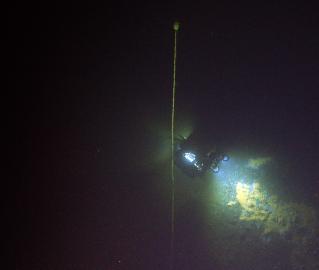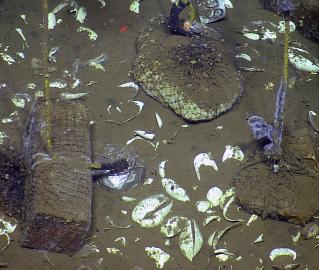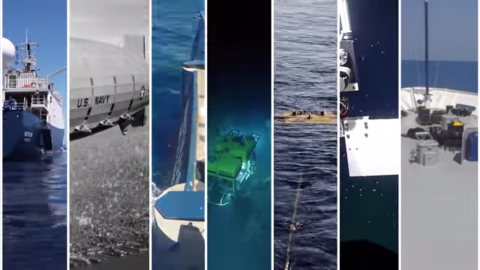This cruise will explore the ocean floor in previously unstudied portions of the California Borderlands, offshore from some of the most tectonically active (as well as densely populated) areas of California, using a combination of high resolution multibeam mapping, sonar surveys and targeted ROV dives.
The California Borderlands area displays an unusually rugged topography linked to the complex tectonic history of the west coast of the United States including important faults that lie closer to important centers of urban population than the San Andreas Fault. As well as contributing to an improved understanding of the offshore extent of these local geohazards, there will also be an important biological component to our exploration. Wherever active fluid flow has been found along such fault systems in the past, cold seep ecosystems have also been found.
Nautilus will visit known and several possible cold seeps off San Diego and Santa Monica, associated with gas hydrate dissociation and methane seepage. The team will examine a 3-year-old fin whale carcass to examine the changes that occur over one year to a “whale fall.”
The final day of the expedition will conduct exploration and high resolution mapping operations at the wreck site of USS Macon within the Monterey Bay National Marine Sanctuary. Macon was a rigid airship, built in 1933 by the US Navy to function as a flying aircraft carrier. The dirigible had four F9C Sparrowhawk planes in internal hangers that it could launch while in flight and these biplanes are still present on the wreck. This expedition will spend a day at the Macon wreck site to document its condition, as it has not been visited since 2006, conduct high resolution mapping of the whole site for photomosaic and microbathymetry maps, and collect a piece of the aluminum frame for corrosion studies.




